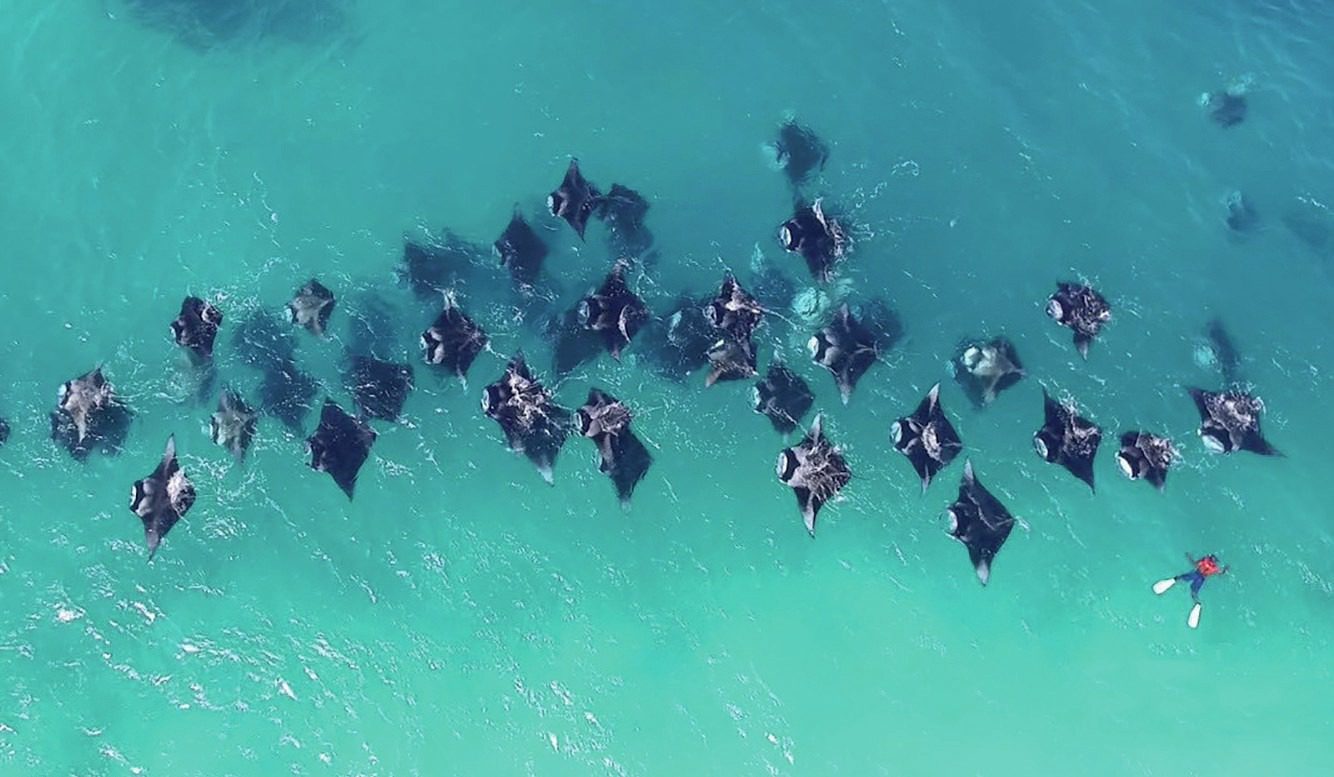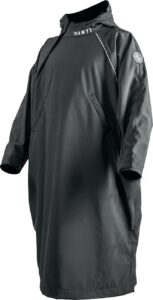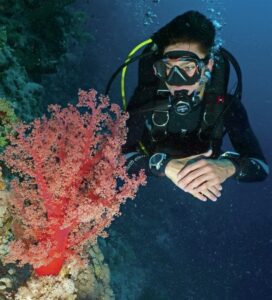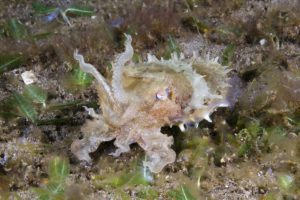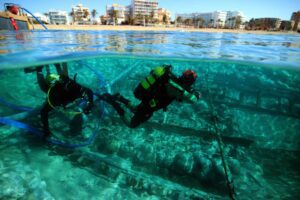The Maldives are home to some of the mostbreathtaking marine life in the world, and one of the highlights for many visitors is the chance to swim with manta rays – at Hanifaru Bay, you can be in the water with large numbers of these impressive creatures, as Amanda Delaforce explains.
Photographs by Amanda Delaforce Travel and Photography
Understanding Reef Manta Rays
Reef manta rays (Mobula alfredi) are curious, gentle and acrobatic creatures that often approach divers and snorkellers in the water. It’s not uncommon to see them performing somersaults and backflips. Watching their graceful manoeuvrings, it’s easy to see why many cultures hold manta rays in high regard and consider them sacred animals.
Promoting Responsible Wildlife Tourism
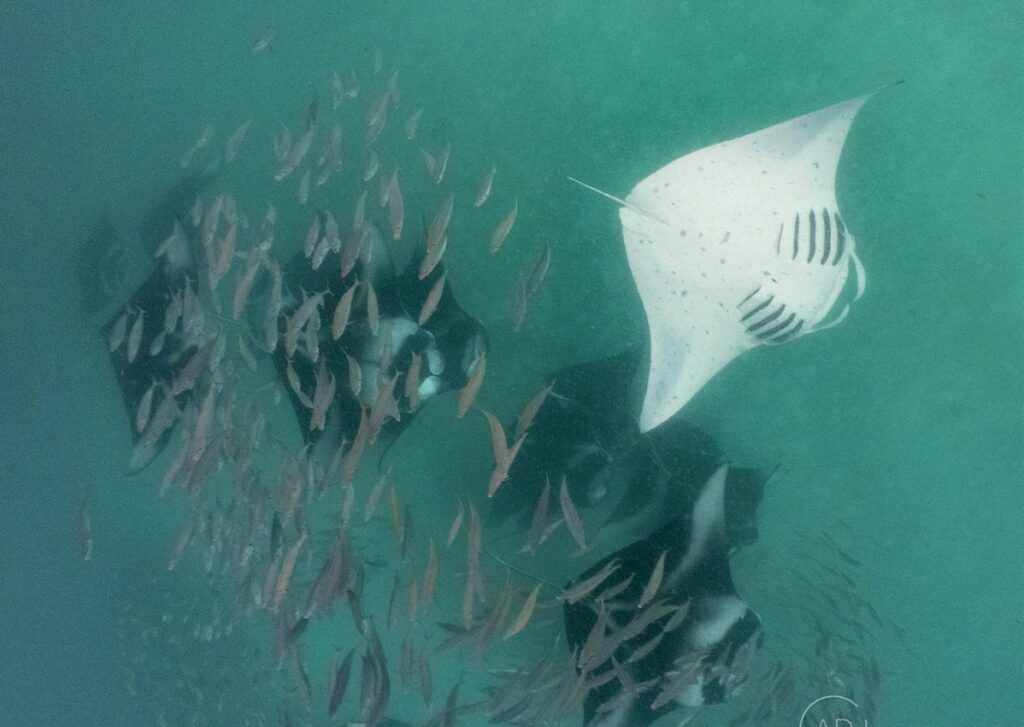
But, it is essential to remember that these vulnerable animals are wild and should be respected. That’s why it’s important to follow the Maldives Manta Ray Project guidelines, which promote responsible diving and snorkelling practices.
The Role of the Manta Trust
The Manta Trust has created an evidenced-based code of conduct for swimming and diving with manta rays. Tour operators like dive guides can introduce this to their activities, offering a responsible approach to wildlife tourism that enhances the experience for the guests and causes less disturbance on the mantas. “It’s a win-win,” says Hannah Moloney, a Ph.D. student working in the Maldives and across Australia.
Collaboration for Conservation
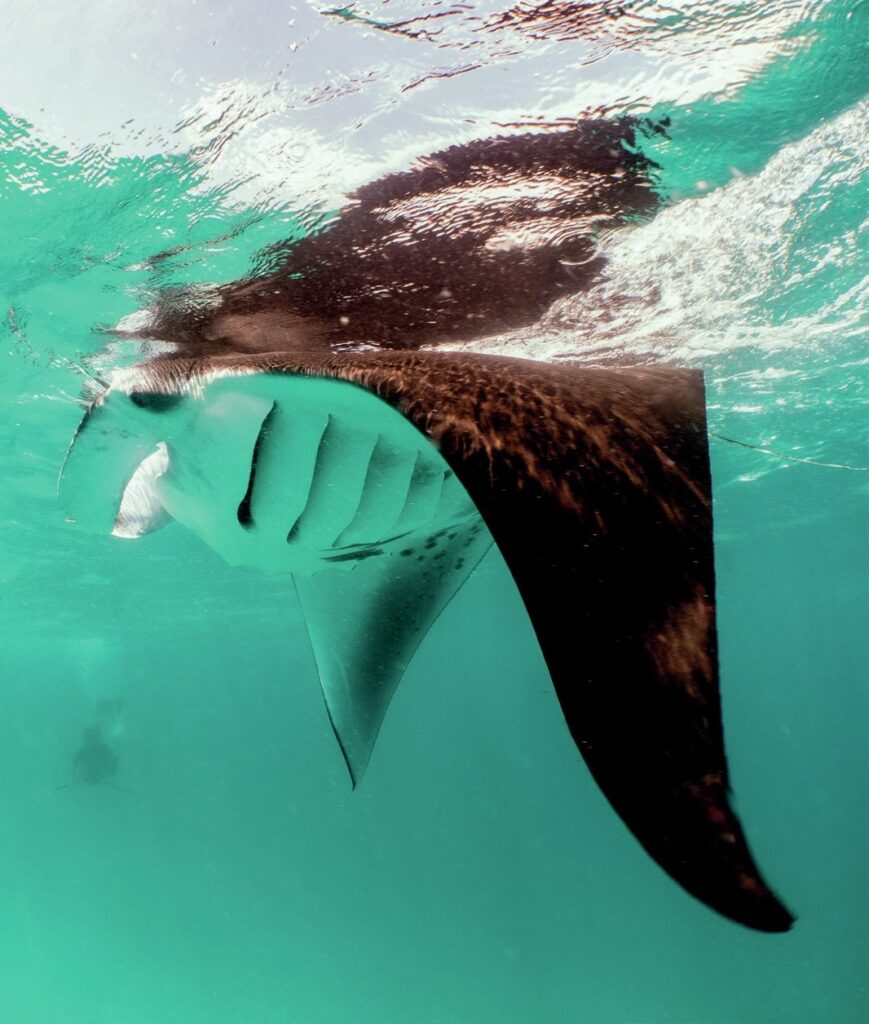
I met Hannah through her research work with Project Manta Australia, but she also cross-collaborates with the Maldives Manta Ray Project, which works to increase protection for manta rays and the ecosystems they call home through research, education and collaboration. They work with citizen scientists to collect data on manta rays and other marine life in the Maldives and promote conservation and responsible tourism.
The Fascinating World of Manta Rays
Manta rays are the largest ray species, with some individuals growing up to five-and-a-half metres and weighing over 700kg. They are unique and fascinating for so many reasons. They exhibit complex behaviours such as coordinated feeding to enhance feeding efficiency and avoid collisions. They are ovoviviparous, meaning that the eggs hatch within the mother’s body and the young are born alive.
Hanifaru Bay: A Manta Ray Paradise
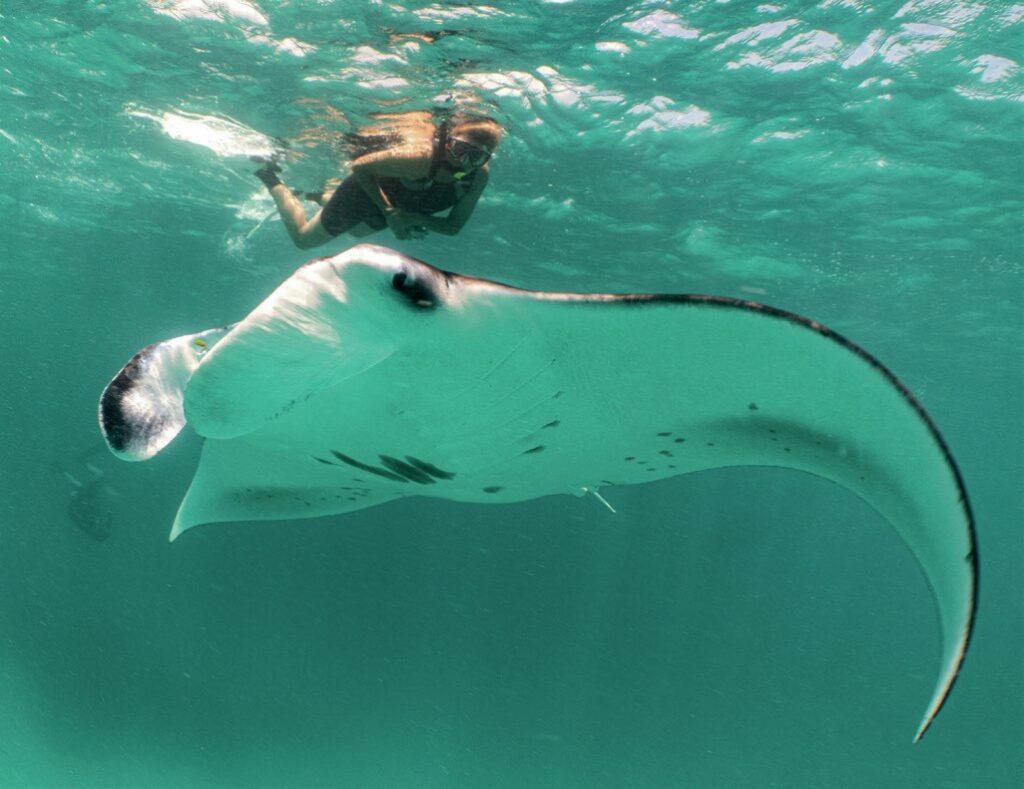
Hanifaru Bay is one of the best places in the world to see manta rays. They are typically found from May to November, with the season peaking between August to October around full and new moons. They are known to aggregate in this marine protected area because of the abundance of zooplankton that concentrates in the cul-de-sac. Oceanographic influences brings a rich supply of nutrients and zooplankton to the site. The bay is so nutrient-rich, in fact, the water can look milky with particle matter. Mantas feed by swimming through the water with their mouths open, filtering zooplankton (copepods, arrow worms, salps and crustacean larvae like crabs) through their gills.
Feeding Behaviors of Manta Rays
Mantas use their cephalic lobes (the flappy things near their mouths) like a funnel to increase the concentration of plankton. They also co-ordinate their feeding behaviours to ‘feed with friends’ to make feeding more efficient. When the concentration of plankton is high, they may line up in a single file and use the slipstream of the manta in front. This is called chain feeding. If it’s very high, they can also cyclone feed, creating huge feeding chains, and swimming in a spiral, creating a vortex to pull the plankton into their open mouths. It is an extraordinary and rare phenomenon that is awe-inspiring to see. The bay’s coral reefs also provide a safe place for the manta rays to rest and breed.
“Hanifaru Bay is one of the best places in the world to see manta rays. They are typically found from May to November, with the season peaking between August to October around full and new moons”
The Ecological Importance of Manta Rays
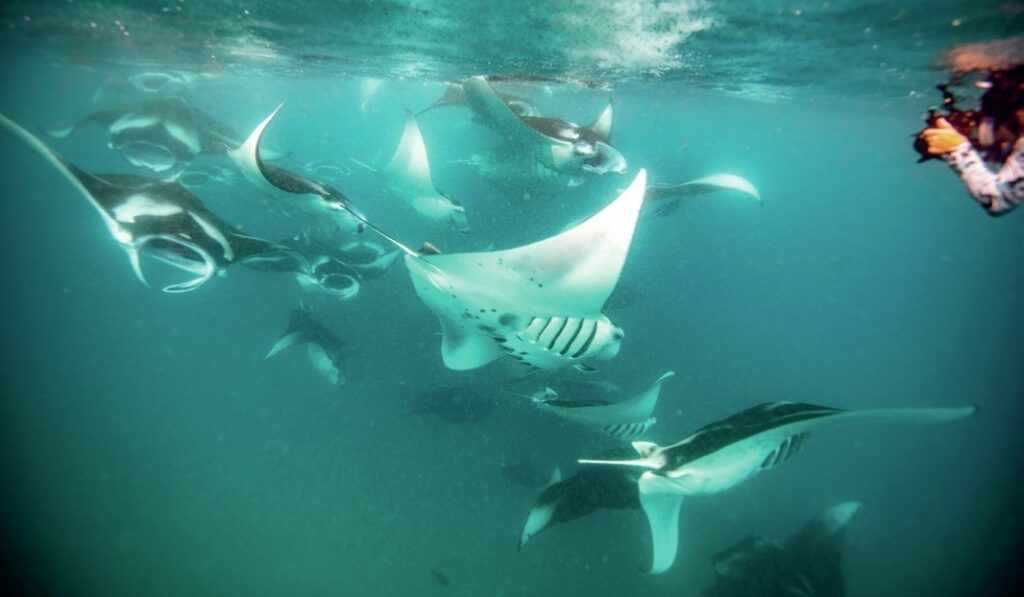
Manta rays play a vital role in marine ecosystems by controlling the populations of smaller fish and plankton, which can have cascading effects on the entire ecosystem. Some manta rays have been known to migrate long distances, travelling thousands of miles between feeding and breeding grounds.
Protecting Manta Rays for the Future
Swimming with manta rays in the Maldives is guaranteed to be an unforgettable experience. And by travelling with an ethical guide and following the guidelines set by the Maldivian Manta Ray Project and citizen science groups like the Maldives Whale Shark Research Programme, you will be helping protect these amazing animals and their marine habitat for generations to come.
About the author
Amanda Delaforce is a marine biologist and underwater photographer who has led dozens of ethical dive expeditions to the Maldives. More information, amanda@ amandadelaforce.com; Website: amandadelaforce
Protecting manta rays
Manta rays face several major threats, including:
Fishing: Manta rays are often targeted by fishing operations for their gill rakers, which are used in traditional Chinese medicine. This has led to significant declines in manta ray populations in some areas.
Bycatch: Manta rays are often caught as bycatch in fishing operations targeting other species. This can result in injury or death for the manta rays.
Habitat loss: Manta rays depend on specific habitats for feeding and breeding, and the destruction of these habitats can have a negative impact on their populations.
Climate change: Climate change affects ocean ecosystems in various ways, and manta rays will likely be affected. For example, rising ocean temperatures can cause coral bleaching and acidification, harming the plankton that manta rays feed on.
Pollution: In the oceans, such as plastic and chemicals, pollution can harm manta rays and their food sources.
Tourism: In some areas, over-tourism can harm manta rays and their habitats if not managed properly.
Lack of legal protections: Manta rays are listed as vulnerable by the International Union for Conservation of Nature (IUCN) and as endangered under the Convention on International Trade in Endangered Species of Wild Fauna and Flora (CITES). But in some countries, they still lack legal protections.
This article was originally published in Scuba Diver ANZ #57.
Subscribe digitally and read more great stories like this from anywhere in the world in a mobile-friendly format. Link to the article.
